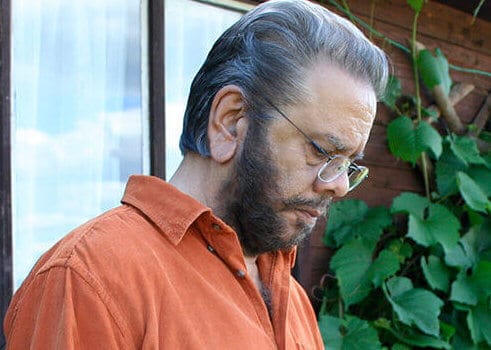From Bali to Jakarta, Indonesia does not lack for diversity. Here we check out where and what to do in this impressive nation.
We are quite positive. According to many experts we are more than 50% of the way back to a normal life from before Covid-19. According to graphs the levels are fast dropping and Indonesia hopefully will open up for tourism soon enough.
This largest archipelago in the world with more than 17,000 islands, Indonesia is a magnet for tourists from all over the world.
Sweeping mountain views, tropical jungles, temples, national parks, coral reefs, volcanoes, lakes, rivers and last but not the least the white sandy beaches are the many reasons why so many travel there.
A Brief Background
Although the country had a great Hindu and Buddhist influence in the past, this fourth most populous nation in the world eventually became a Muslim majority and has the largest population of muslims compared to any other country on the planet.
Although about 230 million people are muslims, the country is not an islamic state. It remains a secular state recognising all major religions.
The same as many countries, Indonesia was also colonised. In its case, mostly by the Dutch and openly exploited for its agricultural produce, the farmers were paid next to nothing and became a virtual slave labour force.
Notwithstanding that Holland was invaded by the Germans in 1940 the Dutch were not willing to let go of this colony. Well after WWII had ended, they tried to take back Indonesia. It was only in 1957 that the country gained independence after the Japanese and Dutch invasions.
Indonesia is today the largest economy in south-east Asia and has been growing in leaps and bounds after it overcame the financial crisis of the 1990s. It is the 10th largest economy in the world on a PPP basis.
Especially after the year 2000, tourism has grown at an impressive average rate of more than 8% year-on-year. In 2000, tourism contributed 16.5 billion dollars to the economy and by 2019 the number had reached close to 70 billion dollars.
Interesting Aspects
Out of the more than 17,000 islands, just 6,000 are inhabited.
It’s the ninth most diverse country in terms of animal life although it makes up for only around 1% of the land in the world. On that land, it has more than 130 volcanoes.
They have among the world’s shortest populations with the average male’s height at 163cm and females at 152cm. But the heigh of their flowers is impressive with the largest flower in the world growing here. It’s called Rafflesia arnoldi.
They have the world’s largest young population in percentage terms. It’s diverse too, as there are more than 1,300 ethnic groups and thus more than 700 languages and dialects.
Though not followed now, the country has a frightening history of headhunting. To this day some families display human heads that were cut off by their ancestors, as trophies.
The motto of the country is Unity in Diversity and all the ethnic groups live peacefully.
Etiquette In Indonesia
Greet a man with a handshake.
Don’t initiate a handshake with a woman. Some muslim women will not offer to shake hands, greet them with the word Salaam and they will do the same.
Respect hierarchy. The male member is the head of the family.
Never stare.
Offer and receive with the right hand.
The Indonesians are quite a hospitable community and your associate or acquaintance may invite you home. Take off your footwear at the door.
The food is delicious. Enjoy it.
As an honoured guest you will be invited to begin the meal. Alternatively, the senior male member of the family may start.
Places of Interest
There is just no end to places of interest in Indonesia. These are some of the major ones.
Bali – for its beaches, volcanic mountains, coral reefs and the Uluwatu temple that’s built on a cliff.
Jakarta – is the capital city and is a mix of many cultures. It is also known for its diverse cuisine, modern buildings and colonial architecture.
Borobudur Temple – in Java is the largest Buddhist temple in the world. It remains well preserved.
Raja Ampat – is known as a tropical paradise for it’s marine life, coral reefs and birds.
Tanjung Puting National Park – where you meet the gentle and loving orang-utans.
Mount Bromo – the volcano is one of the must-visit sites for its own beauty and the flower fields.
Komodo National Park – this is known for giant lizards often referred to as dragons, white sandy beaches and coral.
Dieng Plateau – is famous for beautiful Hindu temples, forests and the Telaga Warna lake which is known to change colours.
You won’t find one this small in Indonesia, but here are some of the smallest hotels money can find.
Support us!
All your donations will be used to pay the magazine’s journalists and to support the ongoing costs of maintaining the site.
Share this post
Interested in co-operating with us?
We are open to co-operation from writers and businesses alike. You can reach us on our email at [email protected]/[email protected] and we will get back to you as quick as we can.










